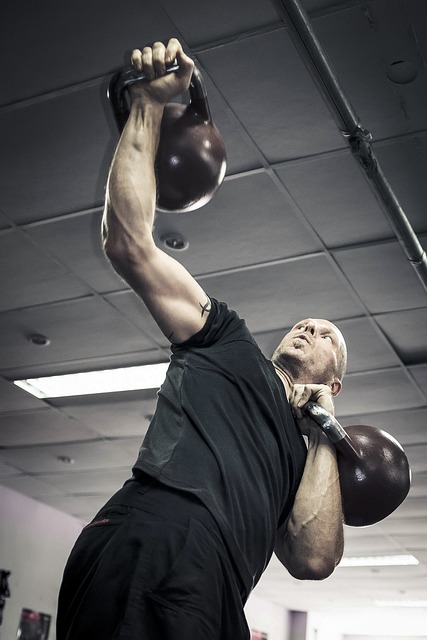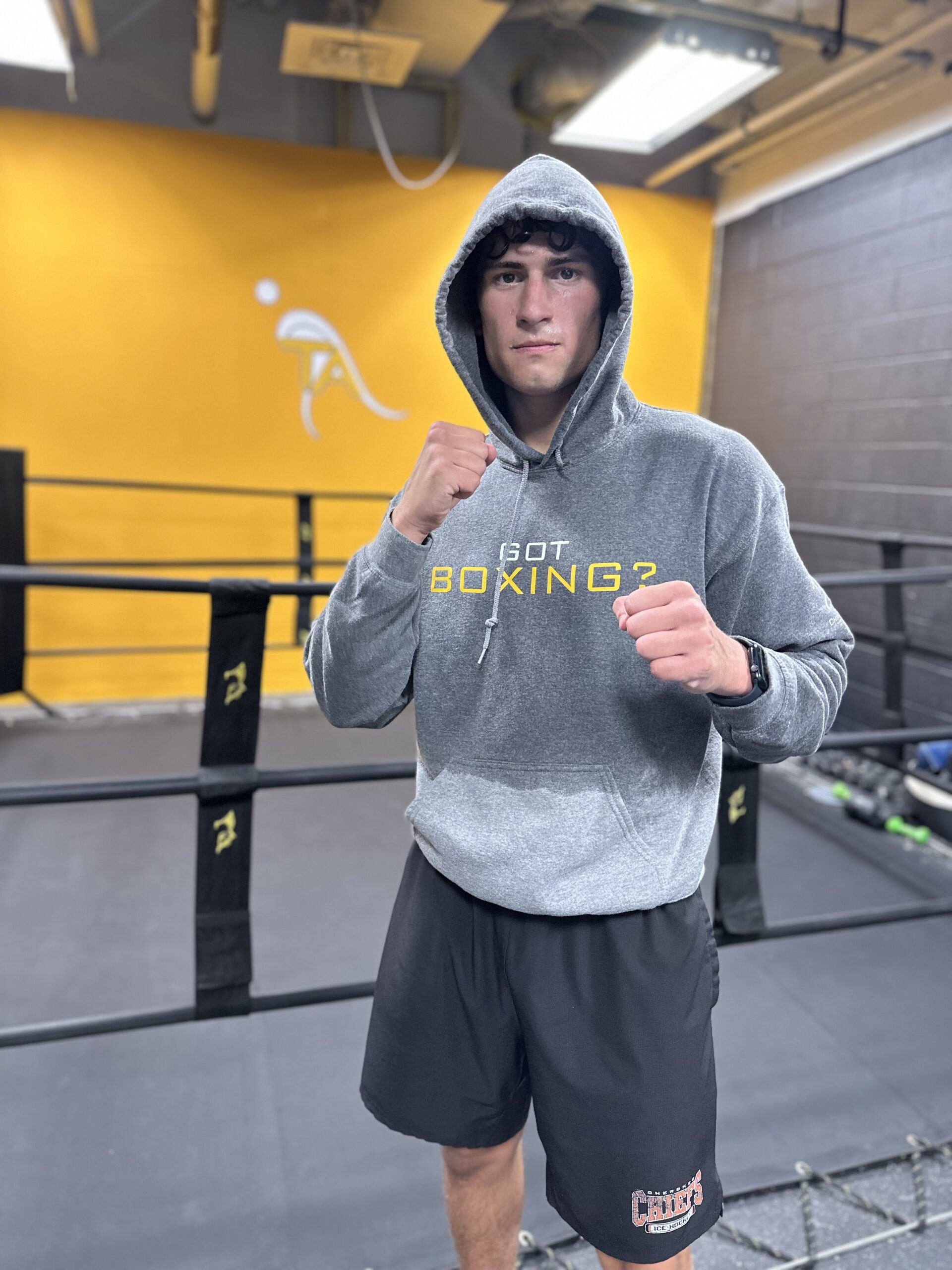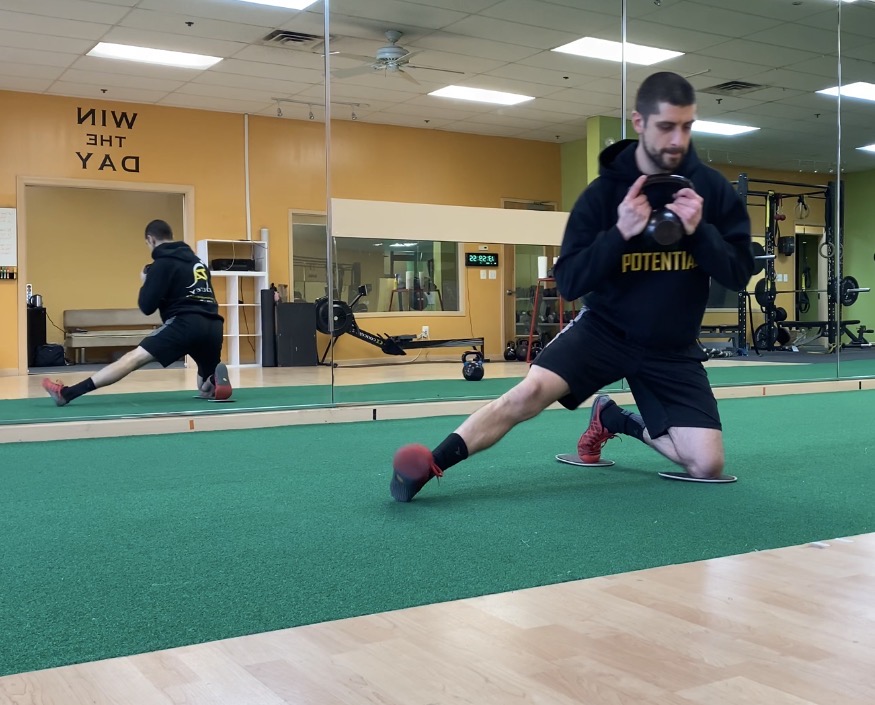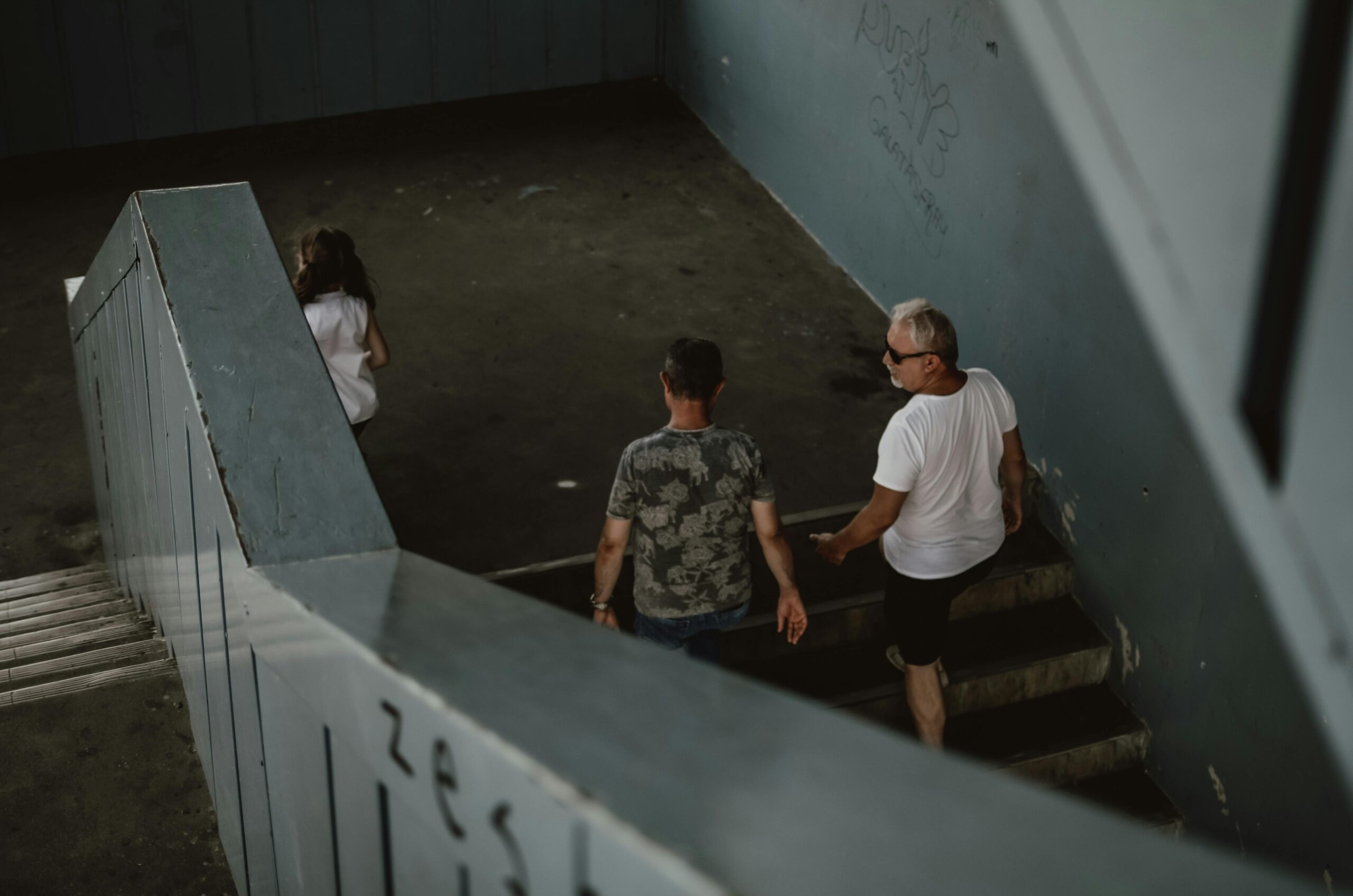In season Training versus off season training
Off season training, especially for hockey players means spending time at the rink more than the beach. Though it may not be for everyone the sacrifice does wonders for the season. Training philosophies vary depending on goal sets and training programs. The athlete’s schedule changes throughout the year, whether it’s due to school, in-season games and practices, or other life commitments. The in-season period is often a challenging time to commit to training, as there is so much hockey involved. This is simply a reality of the in-season schedule. The athlete trains hard during the off-season and must be ready for the challenges of the in-season. However, there are three major setbacks if in-season training is neglected.
Off-Season Gains- don’t fall back
If done right, the off-season is a high-intensity period that pushes the body to achieve the greatest progress and “gains.” The most serious and committed athletes forgo many summer activities to focus on preparing for the next season. They spend 4-5 days per week in the gym, working on skills, skating development, and whatever else their training program prescribes. As a coach, it’s frustrating to see athletes work so hard in the off-season, only to stop training once the season begins. Often, these athletes return the following year to work on their abilities, only to find they’ve lost some of the progress they made. The in-season isn’t meant to be as intense, but the gains made during the off-season need to be maintained. If not, all that hard work is negated. The goal is to continue developing, not to regress. With a proper in-season program, athletes should be able to maintain a base level of fitness. Progress can still be made through mobility and movement training, which is lower impact and keeps the body moving effectively and efficiently.
Injury Prevention- Stay on the ice
The season can be high-impact and cause overdevelopment of sport-specific muscle groups. While the demands of the sport will always create some imbalances, in-season training helps prevent those imbalances from becoming overworked and leading to significant issues. The hips are often an overworked area for hockey players, so maintenance work during the season is essential. This principle holds true for many other areas that can be negatively affected by the rigors of the season.
Endurance and Sustaining Success-
Working hard in the off-season only to lose progress by mid-season leaves the body not only worn out but also weaker. In-season training allows the athlete to endure the mental and physical pressures of the season and maintain productivity from the start to the end of the year—especially compared to others who struggle to keep up.
Commitment to Development
If the athlete has big goals—whether it’s advancing to junior hockey, college hockey, or the pros—the commitment to development must be unwavering. Small, consistent habits make a world of difference.
#unleashthepotential
Written by:
Kirill Vaks
BA, CSCS
Take action… Now!
Voorhees Flyers Training center.
The Hollydell ice arena, in the main building.



